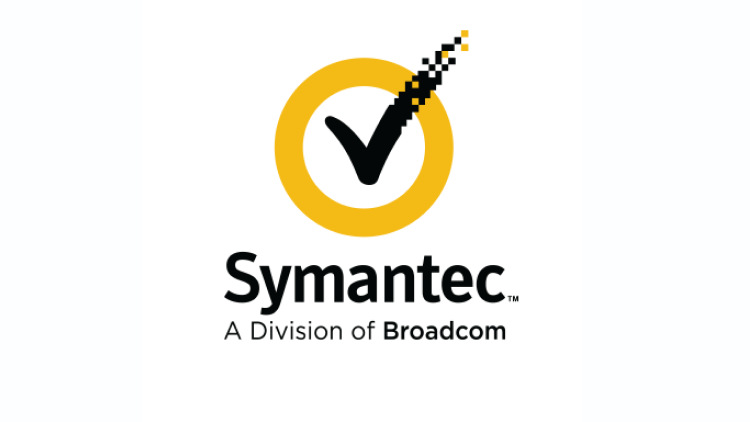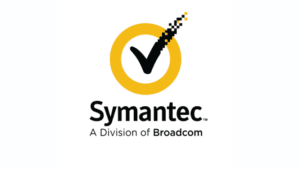How to Set Up DKIM for MessageLabs – Symantec (Broadcom)?

DomainKeys Identified Mail (DKIM) is a method for email senders to digitally sign email messages in a way that can be verified by email receivers. This allows receivers to verify that the message truly came from the sender, and has not been tampered with. DKIM is intended to address some of the flaws in the existing email system, such as spoofing, phishing, and message tampering.
Steps to enable DKIM for MessageLabs – Symantec (Broadcom)
- Navigate to Administration > Settings > Certificates > Domain Keys to add a domain key for DKIM signing.
- In the Protocol section, now select “Domains” from the SMTP section.
- Select the domain name you want.
- It will then display the Edit Domain page. Go to this page and click “Delivery.”
- You will be taken to the DomainKeys Identified Mail panel after the redirect. To enable DKIM signing for mails from this domain, go here.
- Fill out the Base Domain form with your domain name and the DKIM selector with a maximum of 63 characters.
- Select the domain key you want to use from the Signing Key drop-down list.
- Select the duration you wish to provide your DKIM signature before it expires in the Signature Expiration box. The standard setting is 30 days.
- select “Generate” then “Save”
- To configure DKIM for Symantec, manually copy and paste the produced DKIM record into your domain’s DNS.
You can use Skysnag’s free DKIM Checker to check the health of your DKIM record here
Enable DMARC for your domains to protect against spoofing. Sign up for a free trial today!
For more information on MessageLabs – Symantec DKIM setup, you can refer to their reference documentation





